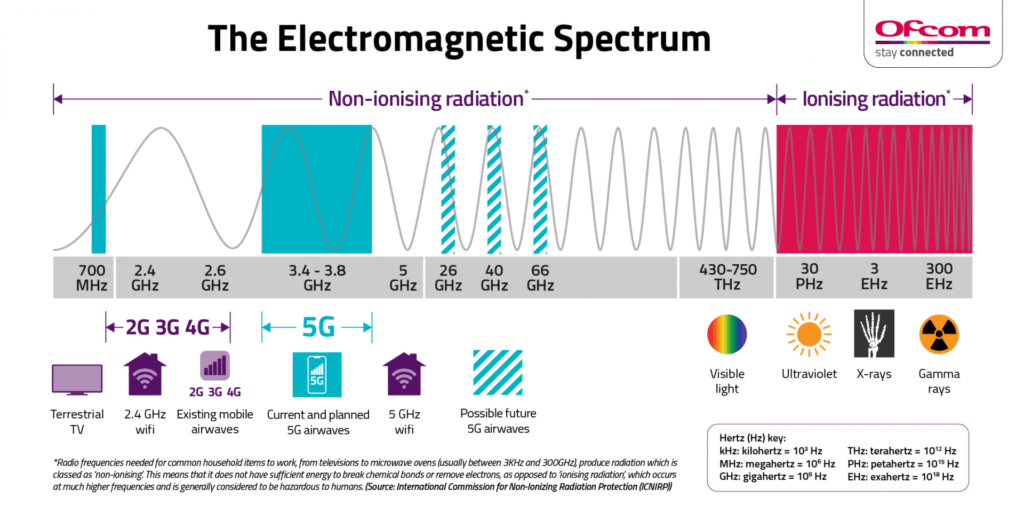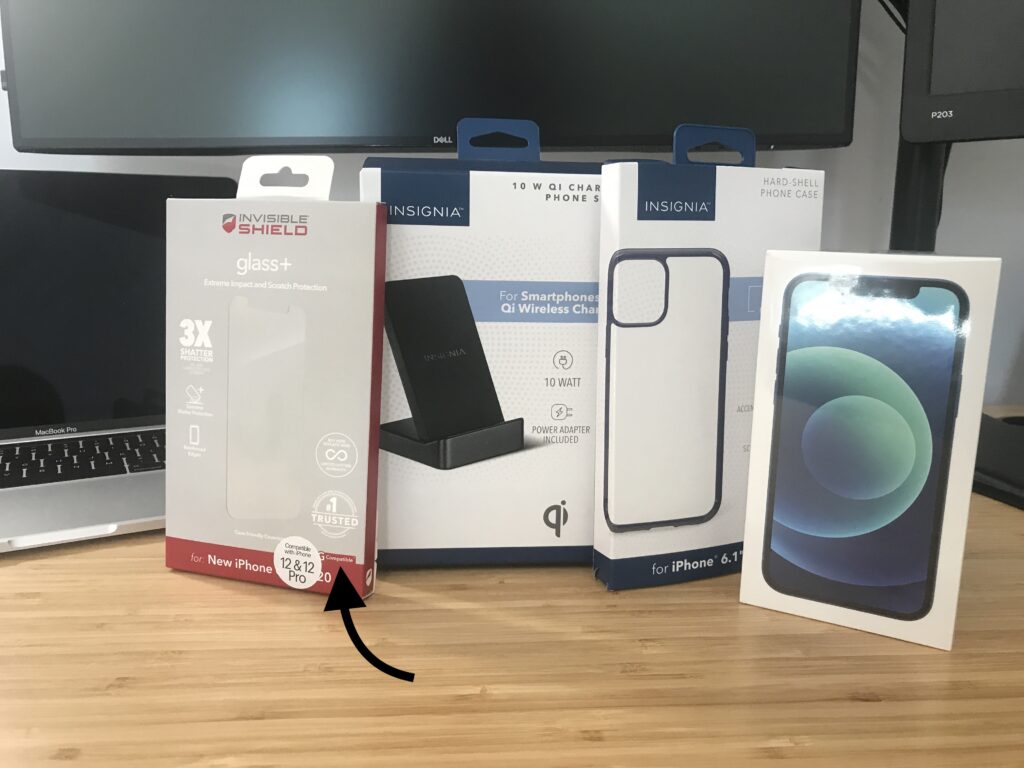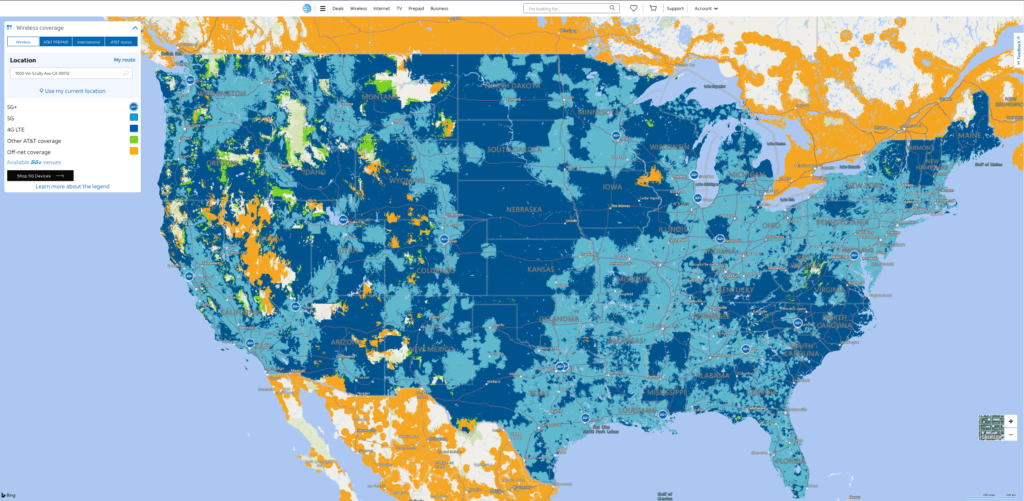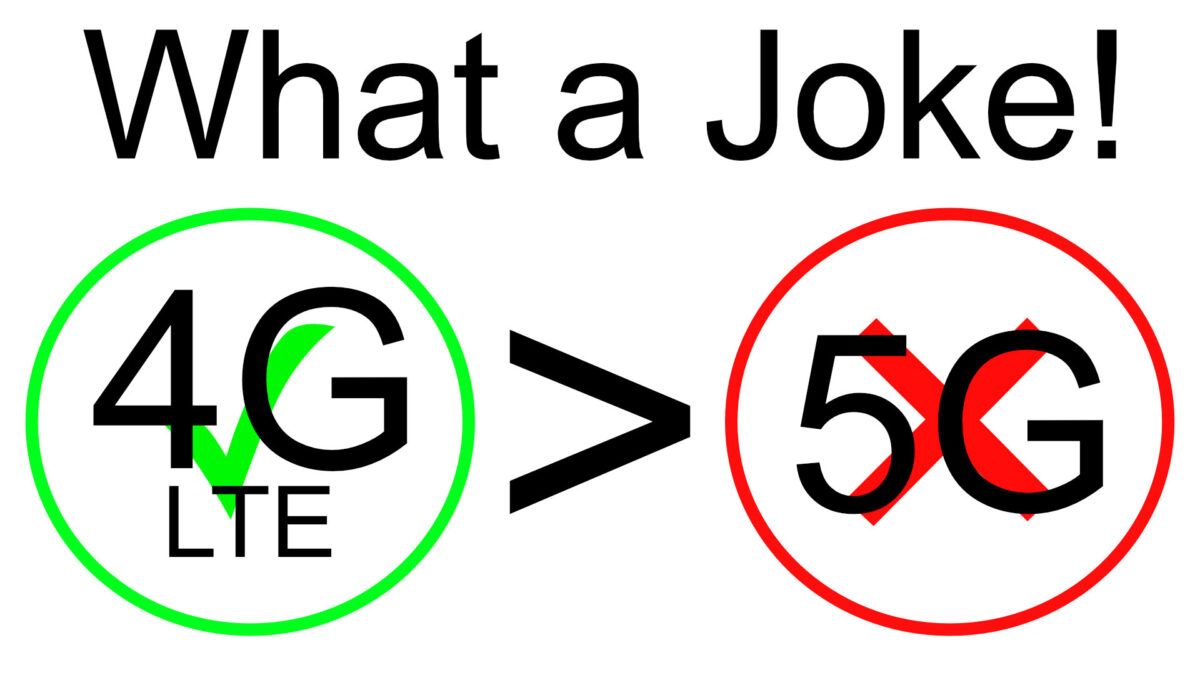I’m sure you’ve all seen the ads for the latest and greatest 5G cellular service from the likes of AT&T, T-Mobile, and Verizon. It boasts super-fast speeds that let you download a whole TV series in seconds and have your Facebook feed load in a blink of an eye. But if you read the fine print and watch some reviews, you will learn the 5G is a joke and has no visual benefit, at least for now. So, let’s take a look at what 5G is, where it’s at, and where it’s going.
Like 2G, 3G, 4G, and later 4G LTE, 5G is the 5th generation of mobile networking. Within this generational update are a handful of features that will improve the speed, reliability, and capacity of the cellular networks we heavily rely on.
There is a great video from the IEEE (“I” triple “E”) on the new technologies bundled with the 5G specification. I will leave a link to that below. But here are the basics.
Right now, most cell phone towers cannot send and receive data at the same time. So, data can only go in one direction at a time. If your phone is receiving data, it can’t also send data. But, thanks to full-duplex, your phone and the cell tower can now communicate back and forth at the same time. Then, instead of your phone broadcasting over a radius to connect to the tower, beamforming efficiently creates a “direct line” between you and the cell tower. Lastly, there is MIMO, or Multiple Input Multiple Output, which is essentially adding more antennas to cell towers. Put all of these features together and, it can definitely increase your mobile internet speeds.

But now it’s time to get into a little bit of science. All wireless technology operates on some level of the electromagnetic spectrum. For instance, when you turn on your radio and tune into 107.5, you’re accessing the 107.5 MHz band, which is right here. 2.4GHz Wi-Fi operates here, and 5 GHz Wi-Fi operates here. Beyond just wireless technology, the electromagnetic spectrum also contains visible light, powers our microwaves, and is used for x-rays. But, getting back to cellular, you can find that right here. Now, none of this really matters. The only thing you need to know is the further right you travel, the faster speeds you will get with a more unstable connection. Then, the further left you travel is a wider range of coverage at a much slower speed.
First, let’s compare 5G to a technology you’re probably more familiar with, Wi-Fi. Most home Wi-Fi routers can broadcast at both 2.4GHz and 5GHz. Those are here and here on the spectrum. In some cases, you will have two independent networks set up for each of these bands. Others will automatically and intelligently connect you to whichever band will give you the best connection. But what’s the difference? Well, 2.4GHz is lower on the spectrum, which is ideal for providing a solid connection to a very wide area. On the other hand, 5GHz is much higher on the spectrum and supports the fastest speed possible. However, it does get handicapped by anything that could be laying in between your device and the WIFI router, such as walls and furniture.
Now, let’s apply this to cellular tech. 2.4GHz Wi-Fi is to 4G mobile as 5GHz is to 5G mobile.
Now it’s time for me to say that 5G isn’t that simple. According to the Verge video I have linked below there are three levels to 5G. Low-band 5G provides coverage over a very large area with speeds just a little bit higher than 4G. High-band 5G can cover a city block and give you faster speeds than your home internet. Then there is mid-band, which will cover a large area at speeds between low-band and high-band. With that, each cell phone carrier has a different plan for rolling out 5G. T-Mobile is focusing on low-band 5G so they can claim they have nationwide 5G coverage while steadily rolling out mid-band and high-band. Then, Verizon and AT&T are focusing on High-band coverage.
With that very long description out of the way, let’s take a look at why 5G is a joke.
Let’s start by looking at the coverage area of high-band 5G, which is literally one city block. You have to be in direct line of view of the cell tower. Walk around the corner? 5G, gone. Walk into a building? 5G, gone. Now, it is cool that you can theoretically download a whole season of a show on Netflix in seconds, but, you have to be standing in just the right spot in a select city to experience that. High-band will need a 5G wireless router on every telephone pole for it to be effective.
On the other hand, low-band is nothing great either. Really, its speed is a small incremental upgrade from 4G. I don’t think that makes much sense either.

Then, there’s how 5G is marketed. Every smartphone and smartphone accessory is COVERED with 5G marketing. Every Android phone has 5G in the name. I even bought a screen protector for my iPhone 12 that was “5G Compatible” Why? A screen protector does not affect the phone’s cellular connection. Or, if you have AT&T, you have probably seen 5G E in your status bar. Let me tell you a little secret, that’s just standard ole 4G LTE rebranded to make the consumer think they have 5G.
Speaking of 5G phones, there few that are actually equipped to handle 5G. Early 5G phones suffered from overheating and drinking the battery. In fact, the iPhone 12, the first iPhone to be compatible with 5G, defaults to 4G. Yes, if you have an iPhone 12 and live in a 5G area, your iPhone will only use 5G if you’re doing a task that requires the faster speeds of 5G.
On that topic, what do you do on your smartphone? Scroll through social media, browse the web, check your email? Have you ever had a problem completing those tasks over 4G? Probably not.

But none of that matters because most people probably don’t live in a 5G city, especially if you’re an AT&T subscriber, like me. I mean, look at how sparse these maps are.
Ignoring the anti-consumer marketing and coming back to my techie roots. 5G is so cool! The fact you can, theoretically, get faster speeds than your home internet is awesome! Then there are the genius new technologies rapped into the 5G specification which help increase performance. But, 5G isn’t here. Sure 5G phones are rolling off the assembly line, and more 5G cities are popping up every day. But, that doesn’t mean you have to run out and get a 5G phone or plan. I guarantee that most people are probably not doing anything on their mobile devices that require 5G. But, as 5G evolves and we move to an increasingly mobile world, I’m sure a need will present itself. But, T-Mobile, Verizon, and AT&T, 5G isn’t here, it’s still coming.
Links:
More on 5G:
- ︎MKBHD: “5G: Explained!”
- ︎The Verge: “How 5G Works: the pros and cons”
- ︎IEEE Spectrum: “Everything You Need to Know About 5G”
- ︎Nokia: “5G Spectrum bands explained”
AT&T Resources:
- AT&T 5G
- Coverage Map
- Austin Evans: “Trying AT&T’s Fake 5G”
- Newsroom: “AT&T Rolls Out Super Fast 5G+ Across the U.S.”
- Newsroom: AT&T’s 5G Network is Live Across the Country
- AT&T on YouTube: “What Does AT&T 5G Mean for Consumers? | AT&T”
- AT&T on YouTube: “5Gee, That’s Easy: AT&T Nationwide 5G | AT&T”
T-Mobile Resources:
- T-Mobile 5G
- Coverage Map
- T-Mobile on YouTube: “T-Mobile Nationwide 5G Coverage: It’s On!”
- T-Mobile on YouTube: “Taking Our 5G Network to the Next Level | T-Mobile”
- T-Mobile on YouTube: “Anthony Anderson’s Mama Tests T-Mobile’s 5G Network | T-Mobile”
Verizon Resources:
- Verizon 5G
- Coverage Map
- Verizon on YouTube: “Verizon 5G Edge | Verizon”
- Verizon on YouTube: “5G Built Right | Network Mission | Nobody builds 5G like Verizon builds 5G | Verizon”
- Verizon on YouTube: ““The Reset” | 5G Built For Gamers | Verizon”
Subscribe: Apple Podcasts | Google Podcasts | Spotify | Amazon Music | Android | Pandora | Blubrry | Email | TuneIn | RSS | More

